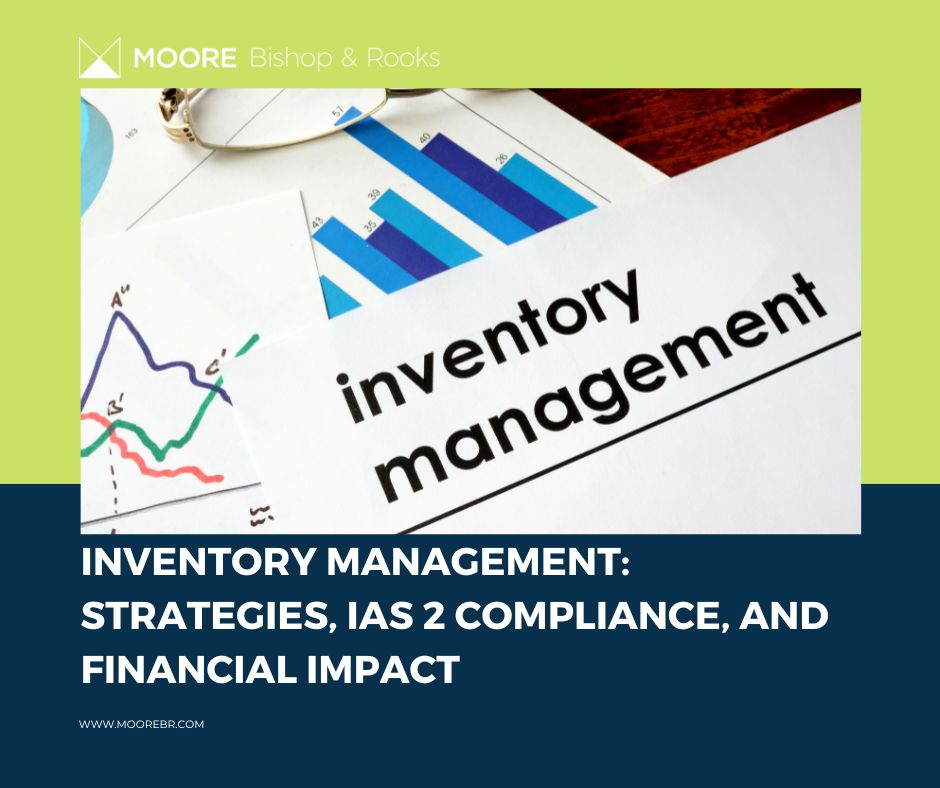Inventory refers to the stock of goods, materials, or products that a company or business holds for production, sales, or distribution. It is an essential part of any organization as it represents a significant investment and has a direct impact on financial statements.
Inventory can take various forms, such as raw materials, work-in-progress, and finished goods. It serves as a buffer between the different stages of production or between the company and its customers. Proper management of inventory is crucial to ensure smooth operations, minimize costs, and maximize profitability.
Effective inventory management involves balancing the costs associated with carrying inventory, such as holding costs, storage expenses, and the risk of obsolescence, with the risk of stockouts and lost sales. Companies use various inventory management techniques, such as just-in-time (JIT) inventory, economic order quantity (EOQ), and ABC analysis, to optimize their inventory levels and achieve operational efficiency.
From a financial perspective, inventory plays a significant role in a company’s financial statements. In the financial statements, inventories should be presented as a separate line item on the financial position and typically classified as current assets. Disclosure requirements include the accounting policies adopted, carrying amount of inventories carried at fair value less costs to sell, and additional information about any significant write-downs or reversals.
IAS 2 refers to the International Accounting Standard 2, which sets out the guidelines for the valuation, measurement, and presentation of inventories. It provides guidance on how to account for inventories in the financial statements, ensuring consistency and comparability across different organizations.
According to IAS 2, inventories should be measured at cost, which includes all expenditures incurred to bring the inventories to their present location and condition. The cost of inventories comprises the purchase price, conversion costs, and other costs directly attributable to the acquisition or production of the inventories. The standard provides guidance on specific cost formulas, such as FIFO (first-in, first-out), LIFO (last-in, first-out), and weighted average cost, that can be used to determine the cost of inventories.
The objective of IAS 2 is to ensure that inventories are recognized as assets, measured at the lower of cost or net realizable value, and presented appropriately in the financial statements.
IAS 2 also requires the net realizable value (NRV) to be determined for inventories, which represents the estimated selling price minus the estimated costs of completion, disposal, and transportation. If the NRV falls below the cost of inventories, a write-down or provision for loss is recognized to reflect the reduction in value.
Overall, IAS 2 provides guidance on how to appropriately recognize, measure, and present inventories in the financial statements, ensuring transparency, consistency, and comparability in accounting practices related to inventories. Compliance with IAS 2 helps users of financial statements make informed decisions and understand the financial position and performance of an organization.
Proper management of inventory is crucial for financial health and profitability. It requires careful planning, monitoring, and control to optimize stock levels, ensure product availability, and minimize unnecessary carrying costs. By effectively managing inventory, companies can improve cash flow, reduce waste, meet customer demand, and enhance their overall financial performance.
